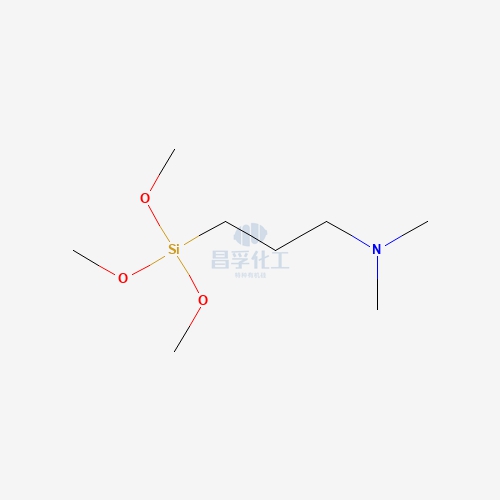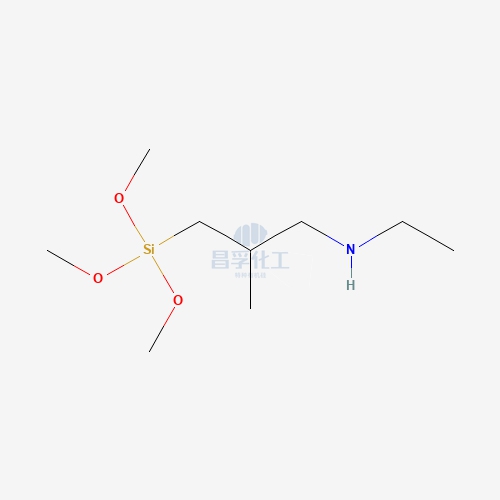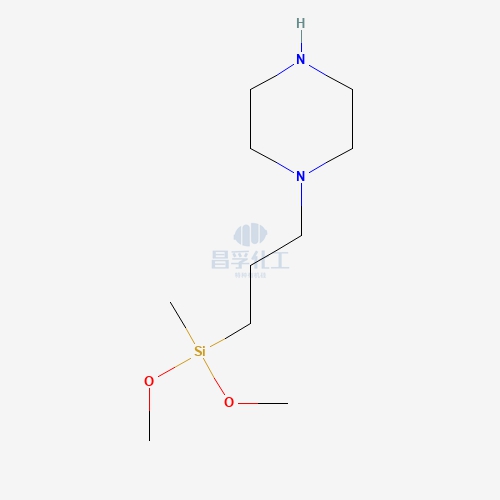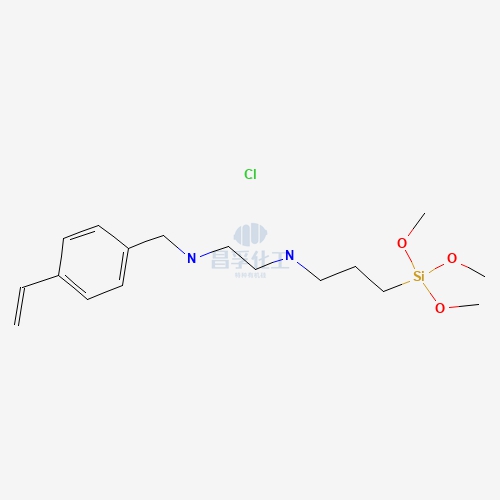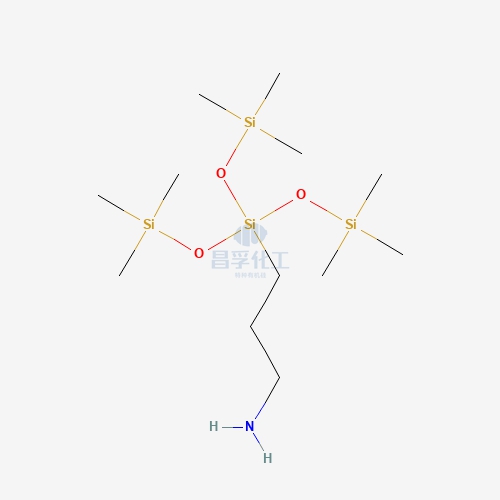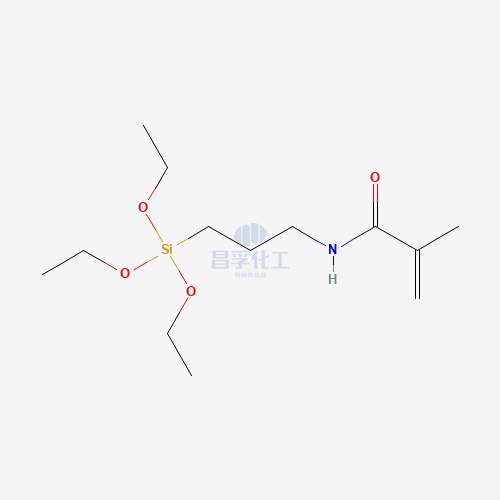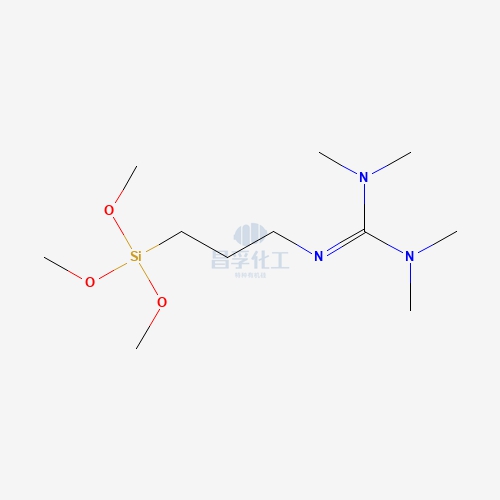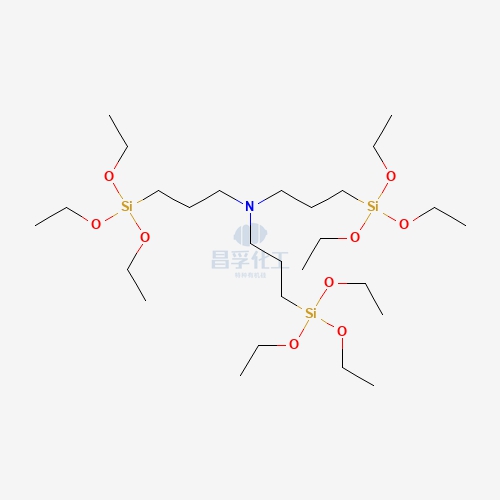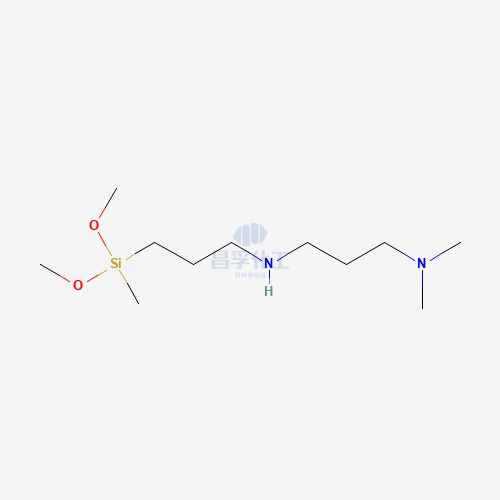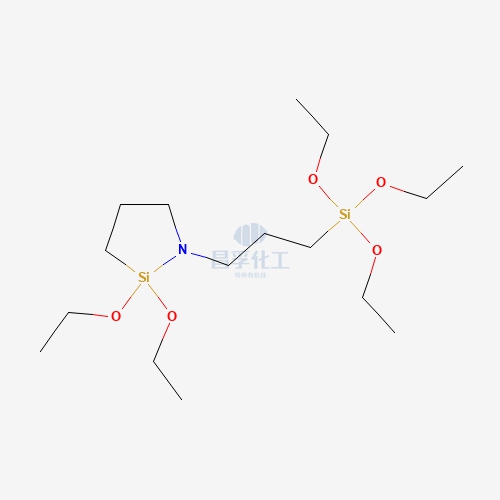
Contact Changfu Chemical Now!
+86 27 8439 6550 | +86 181 6277 0058
What Is Structure Silicone? A Comprehensive Guide to Silicone Specialties in Construction
Silicone has become a cornerstone in various industries, from electronics to healthcare, due to its unique properties and versatile applications. Among the wide array of silicone products, structure silicone stands out for its critical role in modern construction and architecture. But what exactly is structure silicone, and why is it considered a key component in the realm of silicone specialties? This article explores the science, applications, and benefits of structure silicone, shedding light on its significance in contemporary building practices.
Introduction to Structure Silicone
Structure silicone refers to a specific type of silicone used predominantly in the construction industry, especially in structural glazing. It is a high-performance silicone sealant that bonds glass, metal, or other materials to the structural framework of a building, providing both structural integrity and weatherproofing. Unlike traditional sealants, structure silicone can bear significant loads and resist harsh environmental conditions, making it indispensable in modern architecture.
Importance of Structure Silicone in Modern Construction
In today’s architectural designs, large glass facades and curtain walls are prevalent. These elements require a reliable material that not only supports the weight of glass but also ensures that buildings are energy-efficient and weather-resistant. Structure silicone fulfills these requirements by providing strong adhesion, flexibility, and durability, thus enhancing the overall performance of the building envelope.
The Science Behind Structure Silicone
Chemical Composition and Properties
Structure silicone is primarily composed of silicone polymers, which are long chains of silicon-oxygen (Si-O) bonds. These polymers give structure silicone its unique properties, including high thermal stability, UV resistance, and flexibility. The presence of these Si-O bonds also contributes to its ability to maintain strength and elasticity over a wide range of temperatures.
- Thermal Stability: Structure silicone can withstand extreme temperatures without losing its structural integrity, making it ideal for use in both hot and cold climates.
- UV Resistance: The UV resistance of structure silicone ensures that it does not degrade or lose its adhesive properties when exposed to sunlight, an essential feature for exterior applications.
- Elasticity: This material can absorb movements caused by thermal expansion, wind loads, and other dynamic forces, ensuring that the building facade remains intact over time.
Performance Characteristics
The performance of structure silicone is characterized by its ability to bond dissimilar materials, such as glass and aluminum, without the need for mechanical fasteners. This not only provides a sleek, seamless appearance but also reduces the risk of leaks and improves the building’s energy efficiency.
- Load Bearing Capacity: Structure silicone can support significant loads, making it suitable for bonding large glass panels used in curtain walls.
- Weatherproofing: It creates a watertight seal that prevents water infiltration and air leakage, contributing to the energy efficiency of the building.
- Longevity: With its resistance to environmental factors such as moisture, heat, and UV radiation, structure silicone offers a long service life, reducing the need for frequent maintenance.
![]()
Applications of Structure Silicone in Construction
Curtain Walls and Glazing Systems
One of the most common uses of structure silicone is in curtain wall systems, where it serves as the bonding material between glass panels and the metal framework. This application not only supports the glass structurally but also provides the necessary flexibility to accommodate movement due to wind pressure, thermal expansion, and other forces.
Glass Façades and Architectural Features
In addition to curtain walls, structure silicone is widely used in the installation of glass facades, canopies, skylights, and other architectural elements. Its ability to bond glass without visible fixings allows for the creation of aesthetically pleasing and modern designs that would be difficult to achieve with traditional mechanical fastening methods.
Energy-Efficient Buildings
As energy efficiency becomes increasingly important in building design, structure silicone plays a crucial role in ensuring that buildings are well-insulated. By preventing air leakage and water infiltration, it helps maintain a consistent indoor climate, reducing the need for heating and cooling and thus lowering energy consumption.
How Structure Silicone Compares to Other Silicone Specialties
Structural Versus Non-Structural Silicones
While structure silicone is designed to bear loads and provide structural support, other silicone specialties are formulated for different applications. For instance, non-structural silicones may be used for waterproofing, sealing joints, or providing insulation but do not have the load-bearing capacity of structure silicone.
- Structural Silicone: Used in load-bearing applications such as curtain walls and glass facades.
- Non-Structural Silicone: Typically used in applications that require sealing or insulation without the need to support structural loads.
Advantages of Structure Silicone Over Traditional Materials
Compared to traditional sealants and adhesives, structure silicone offers several advantages, including better flexibility, longer lifespan, and greater resistance to environmental factors. These properties make it a superior choice for modern construction projects where long-term performance and aesthetic considerations are paramount.
- Durability: Structure silicone outlasts traditional materials, providing a longer-lasting solution.
- Flexibility: It accommodates movement, reducing the likelihood of cracks and other damage.
- Weather Resistance: Its ability to withstand extreme weather conditions ensures that it remains effective over time.
Challenges and Considerations in Using Structure Silicone
Proper Application Techniques
To achieve the best results with structure silicone, it is essential to follow proper application techniques. This includes surface preparation, selecting the right type of silicone for the specific application, and ensuring that the silicone is applied evenly and correctly.
- Surface Preparation: Surfaces must be clean, dry, and free of contaminants to ensure a strong bond.
- Application Conditions: The application should be carried out under suitable environmental conditions, such as appropriate temperature and humidity levels.
- Quality Control: Regular inspections and testing should be conducted to ensure that the silicone is performing as expected.
Cost Considerations
While structure silicone offers numerous benefits, it can be more expensive than traditional materials. However, its long-term performance and durability often justify the higher initial cost, especially in projects where longevity and low maintenance are critical.
Conclusion
Structure silicone is a vital component in the silicone construction industry, offering unparalleled strength, flexibility, and durability for modern architectural designs. As a key player among silicone specialties, structure silicone not only enhances the aesthetic appeal of buildings but also contributes to their energy efficiency and long-term performance. Whether used in curtain walls, glass facades, or other structural applications, structure silicone continues to shape the future of construction, enabling architects and builders to push the boundaries of design and functionality.
Changfu Chemical is a leading provider of high-quality silane compounds and epoxy silane solutions, designed to meet the diverse needs of industries worldwide. Our innovative products ensure superior performance and reliability in various applications. Partner with us to experience the excellence and expertise that sets us apart.
Contact us today to learn how our silane compounds can benefit your business!
Read more: Organosilicon Compounds: Everything You Need to Know
Popular Silicon Compounds
Popular Silicon Compounds
Related News & Blog
Related News & Blog


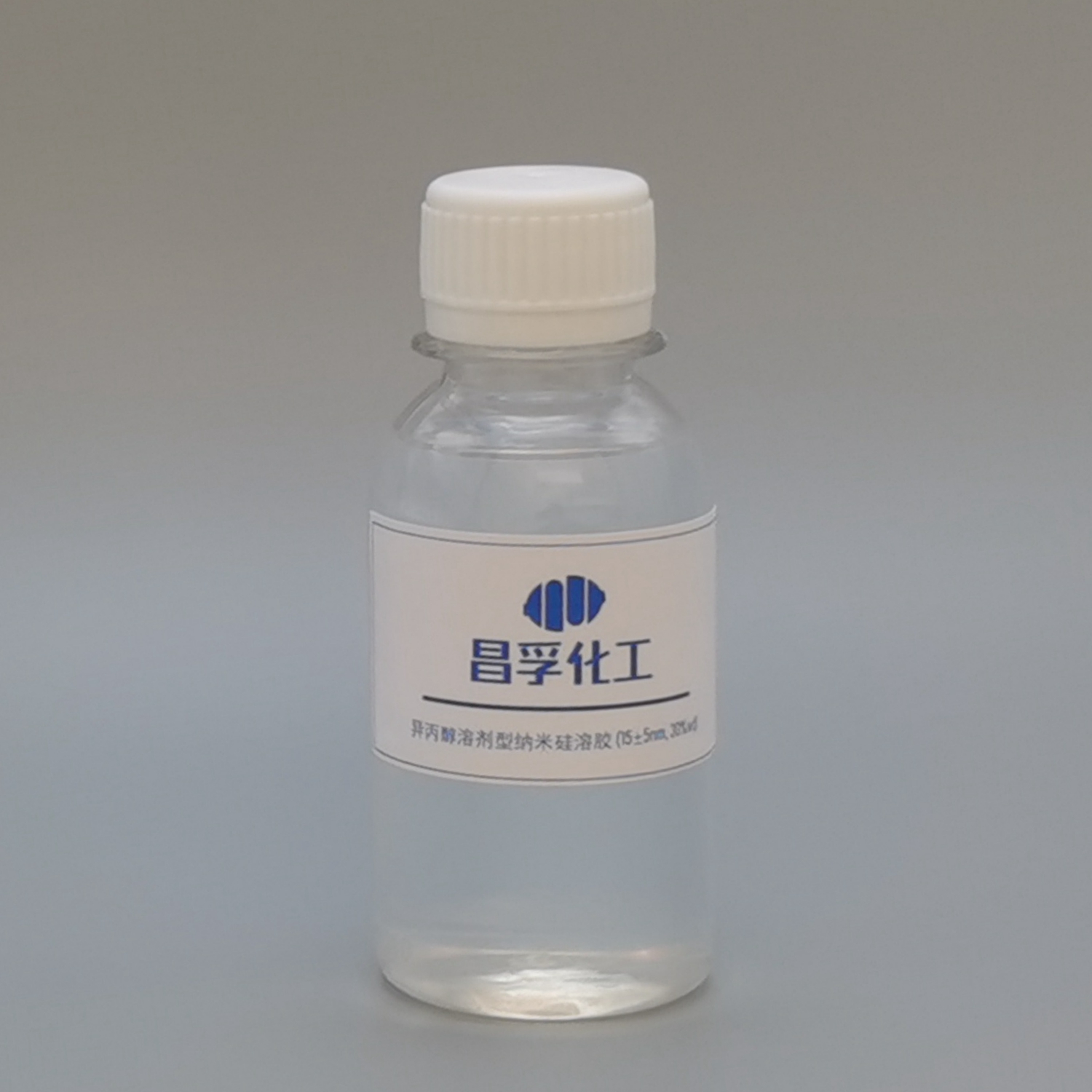
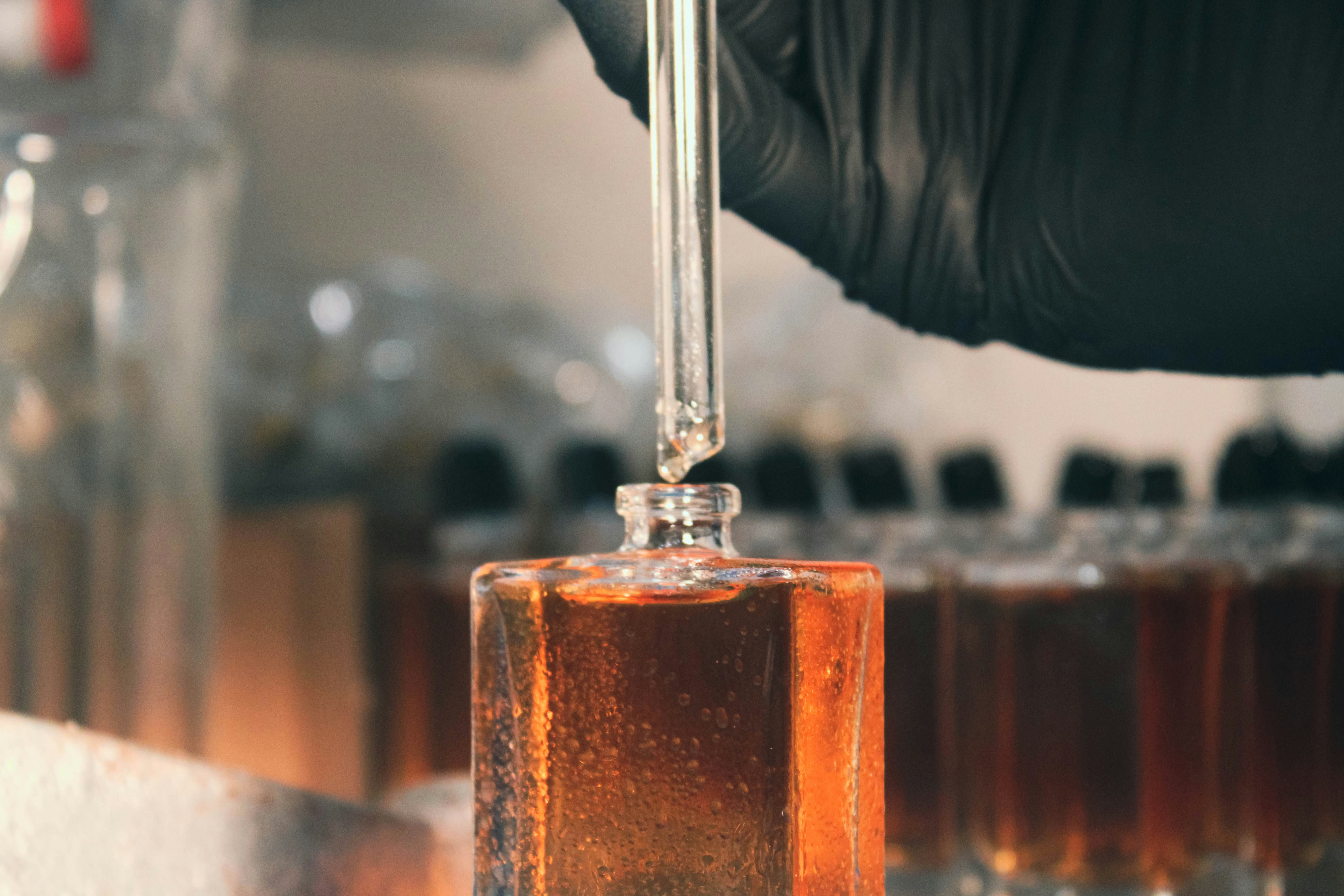

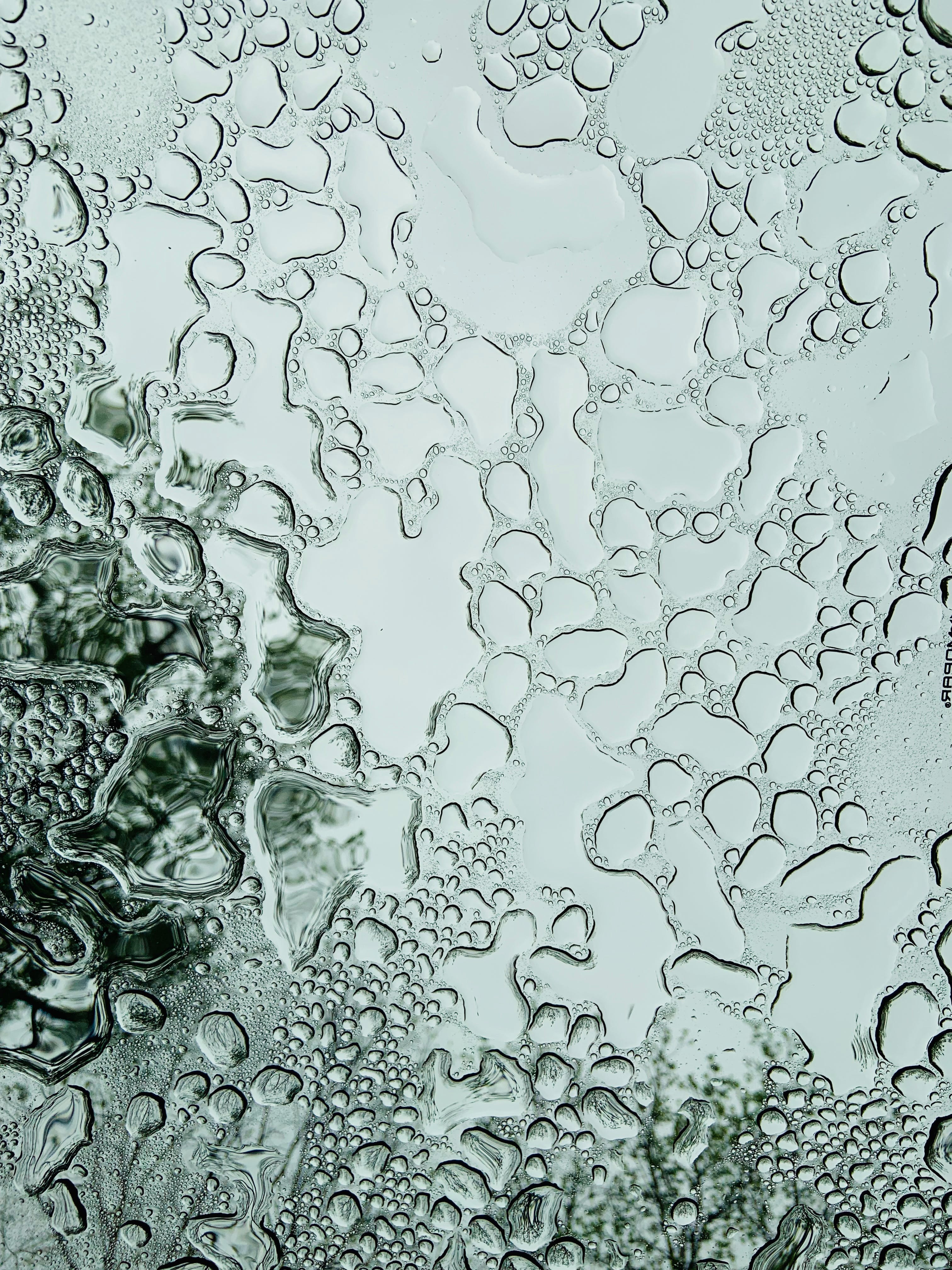


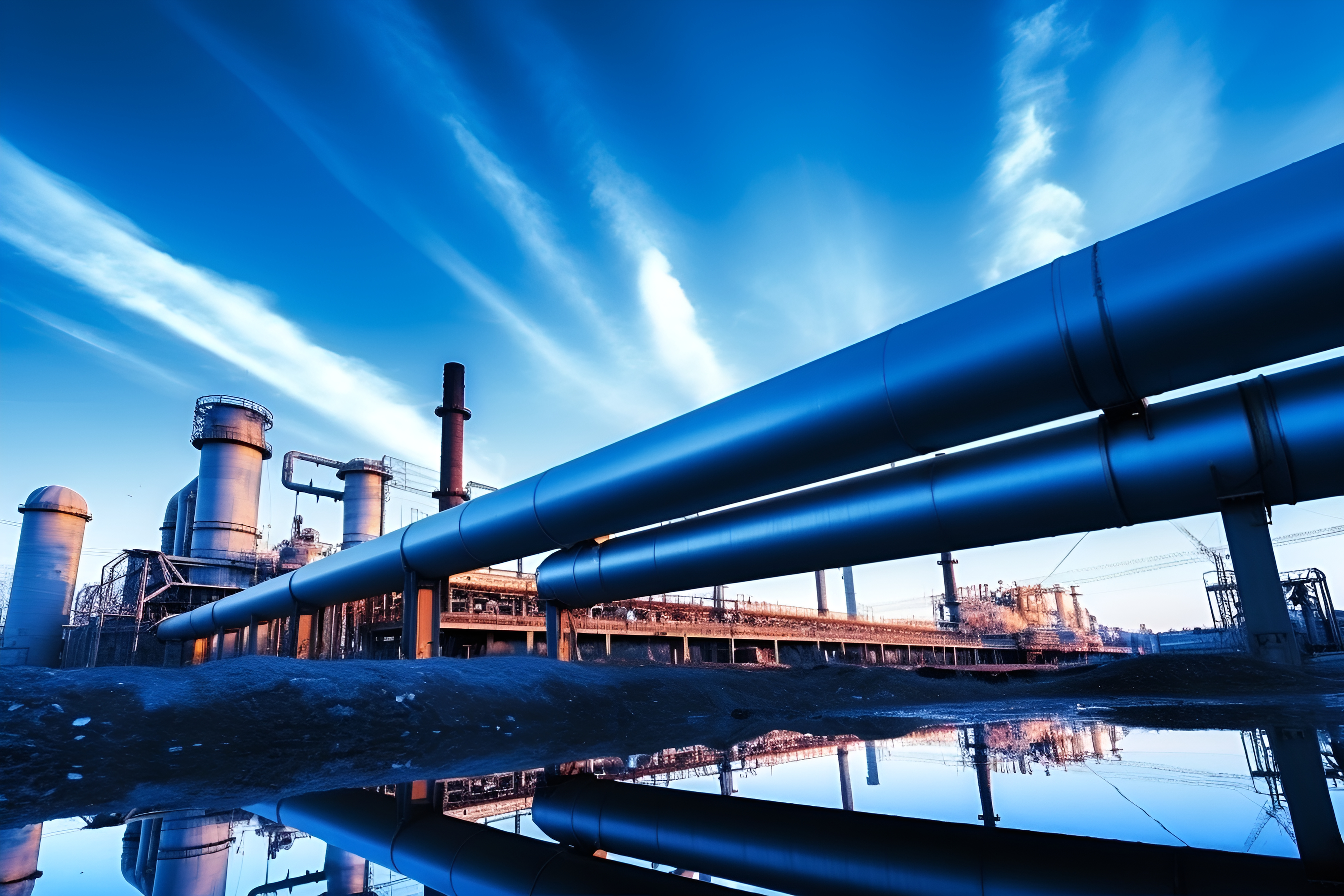

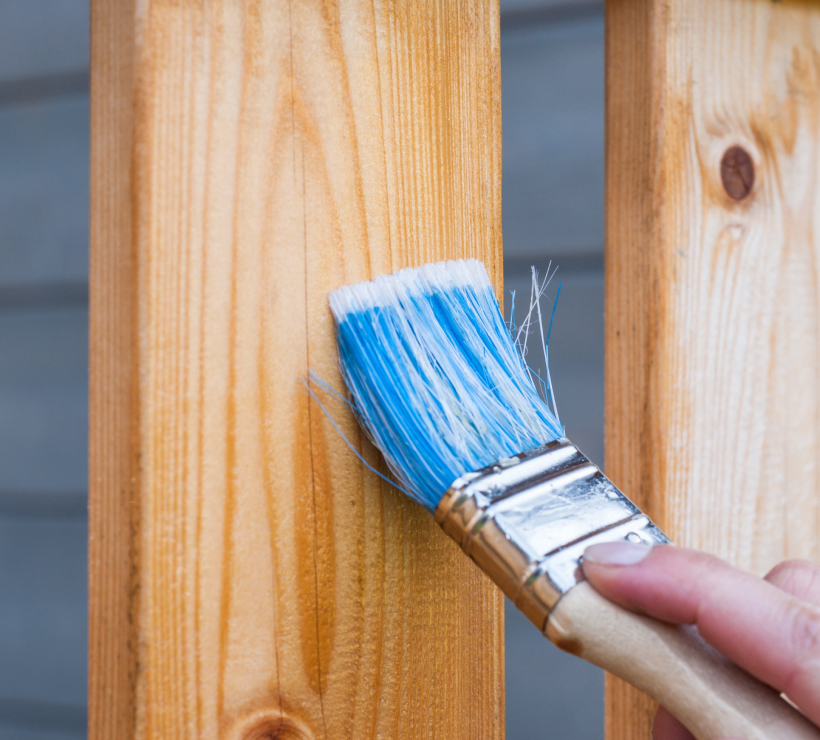

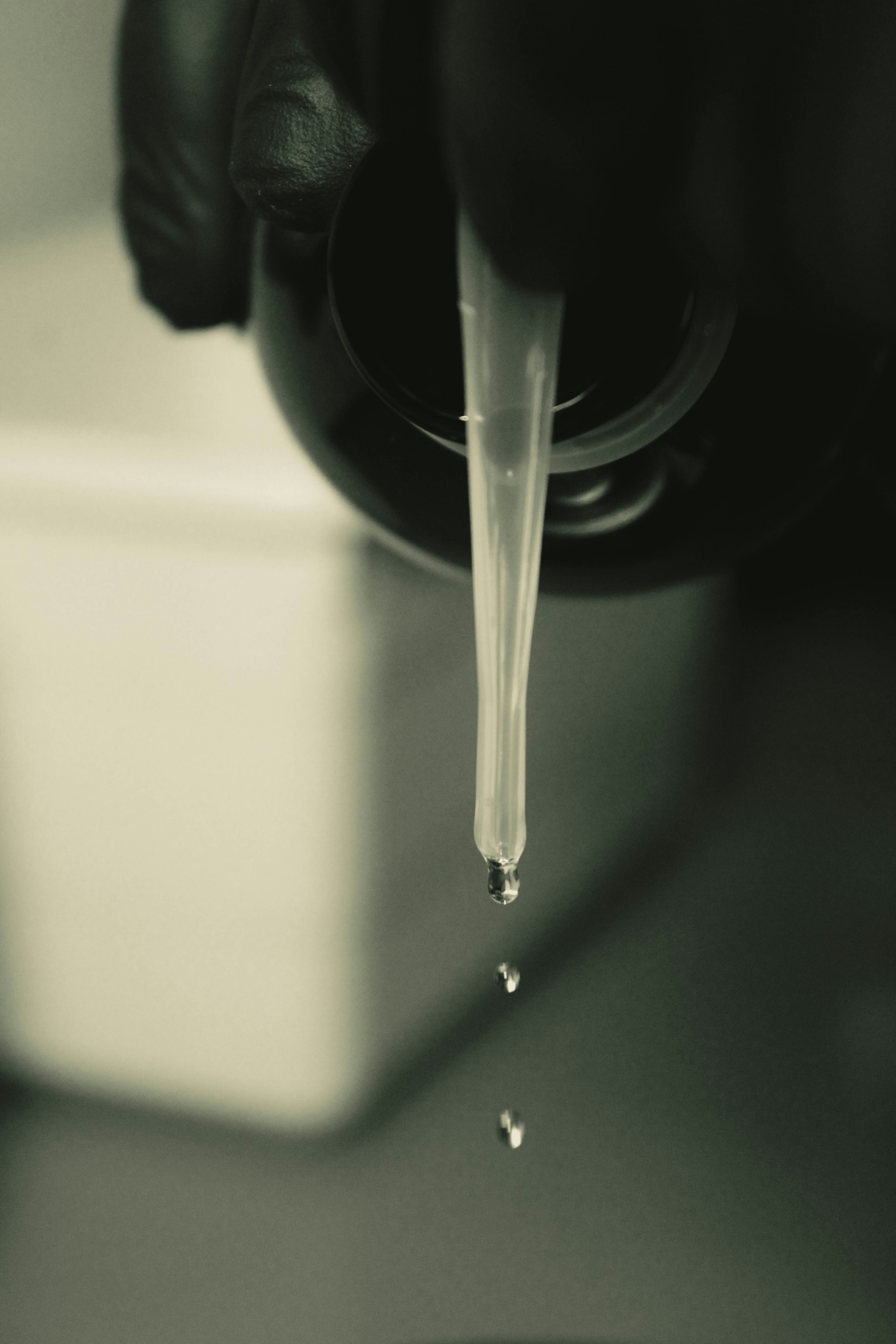
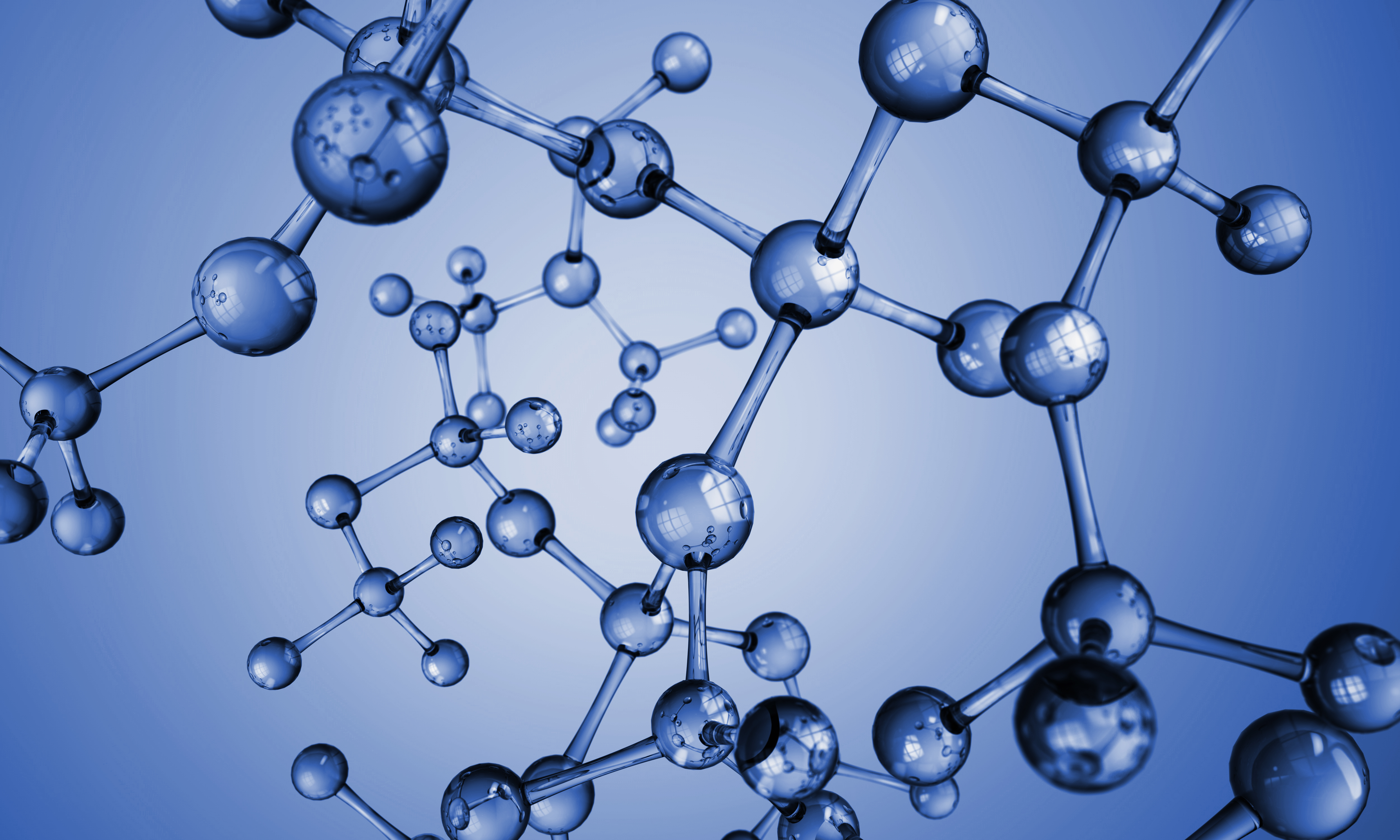



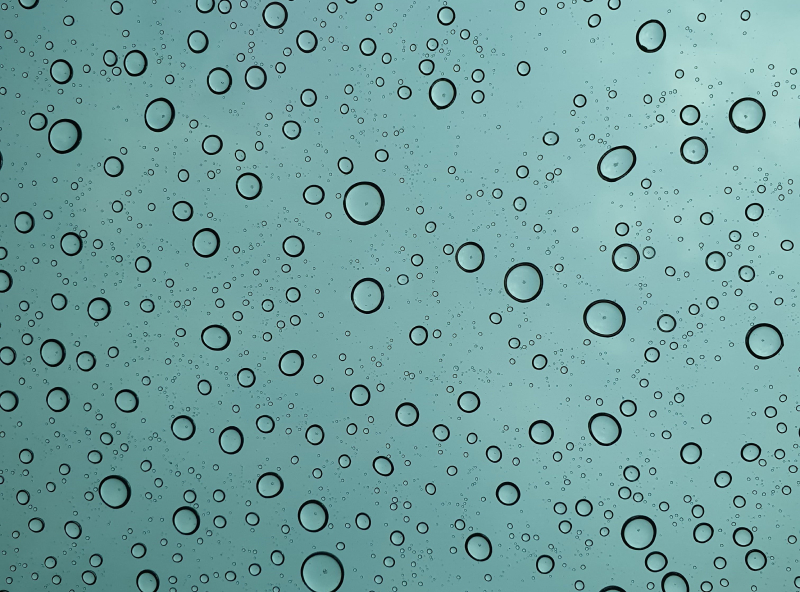






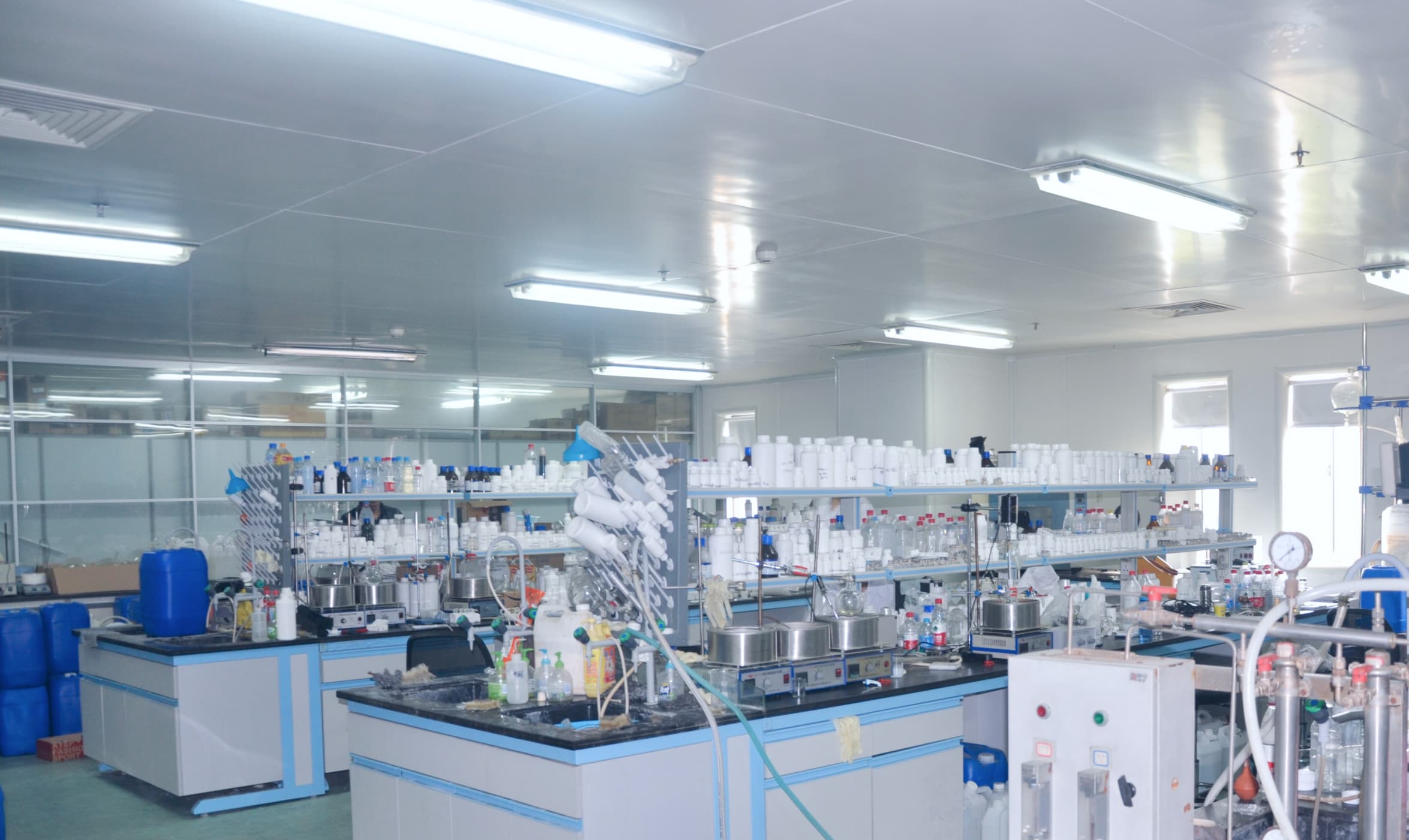


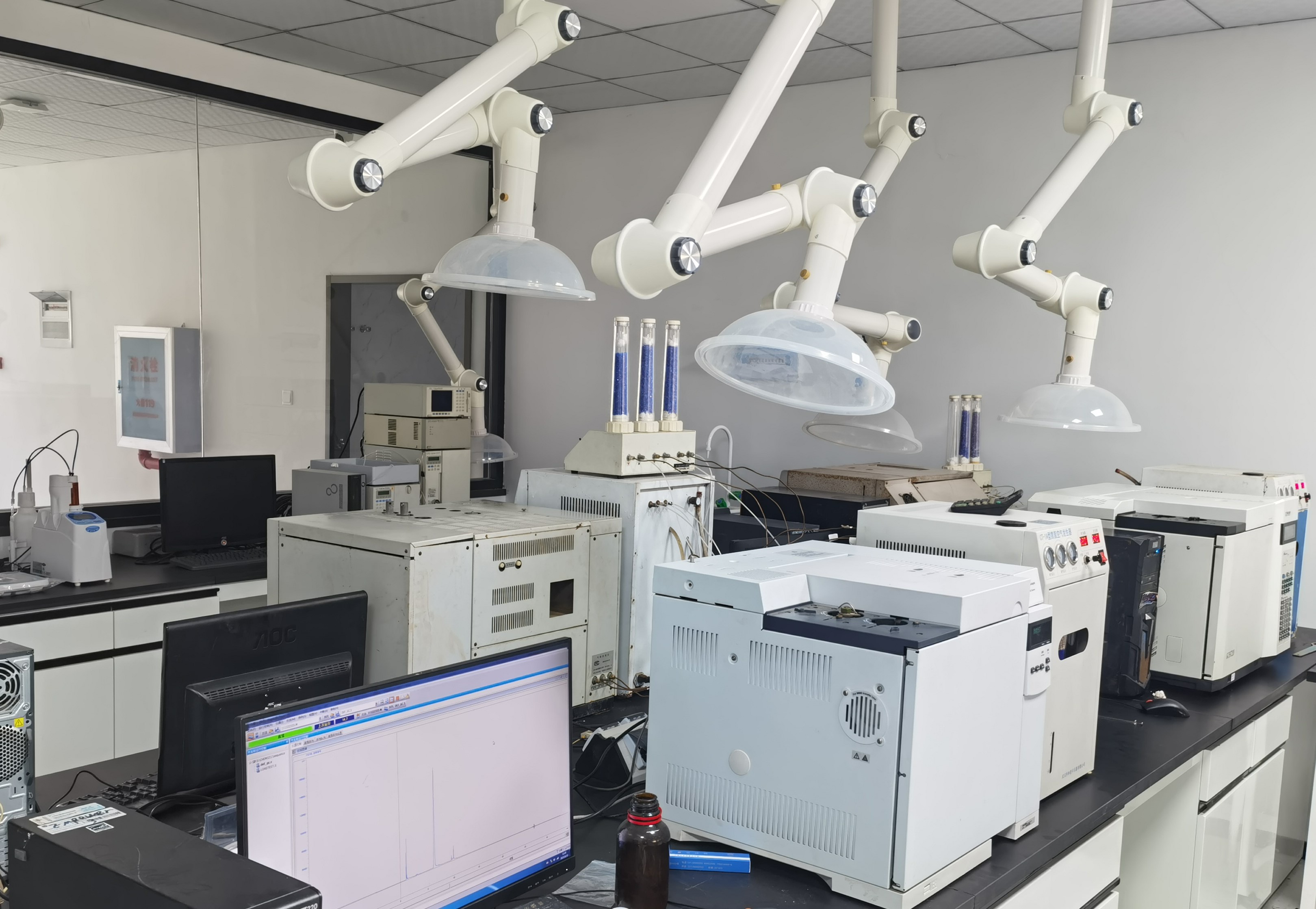
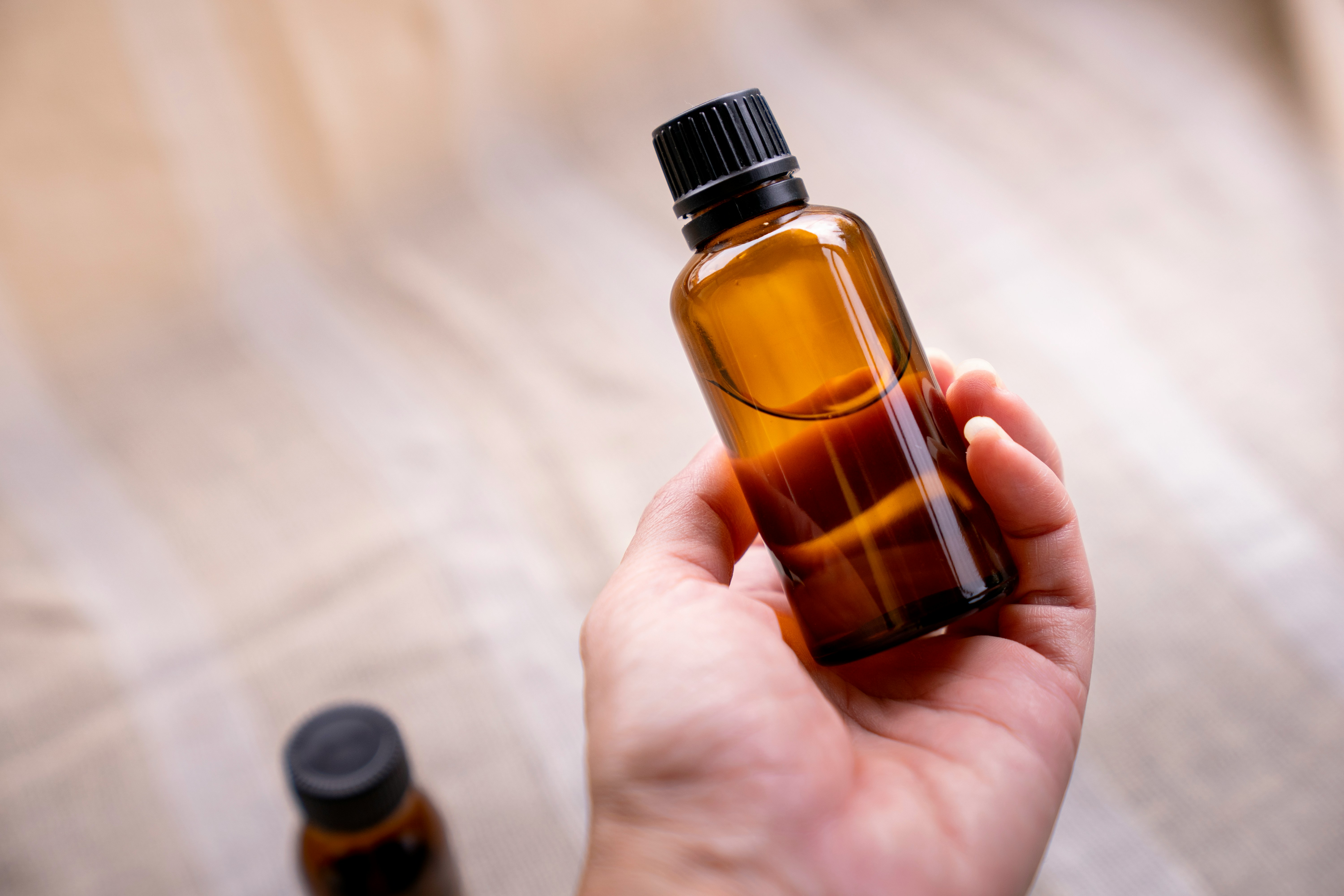


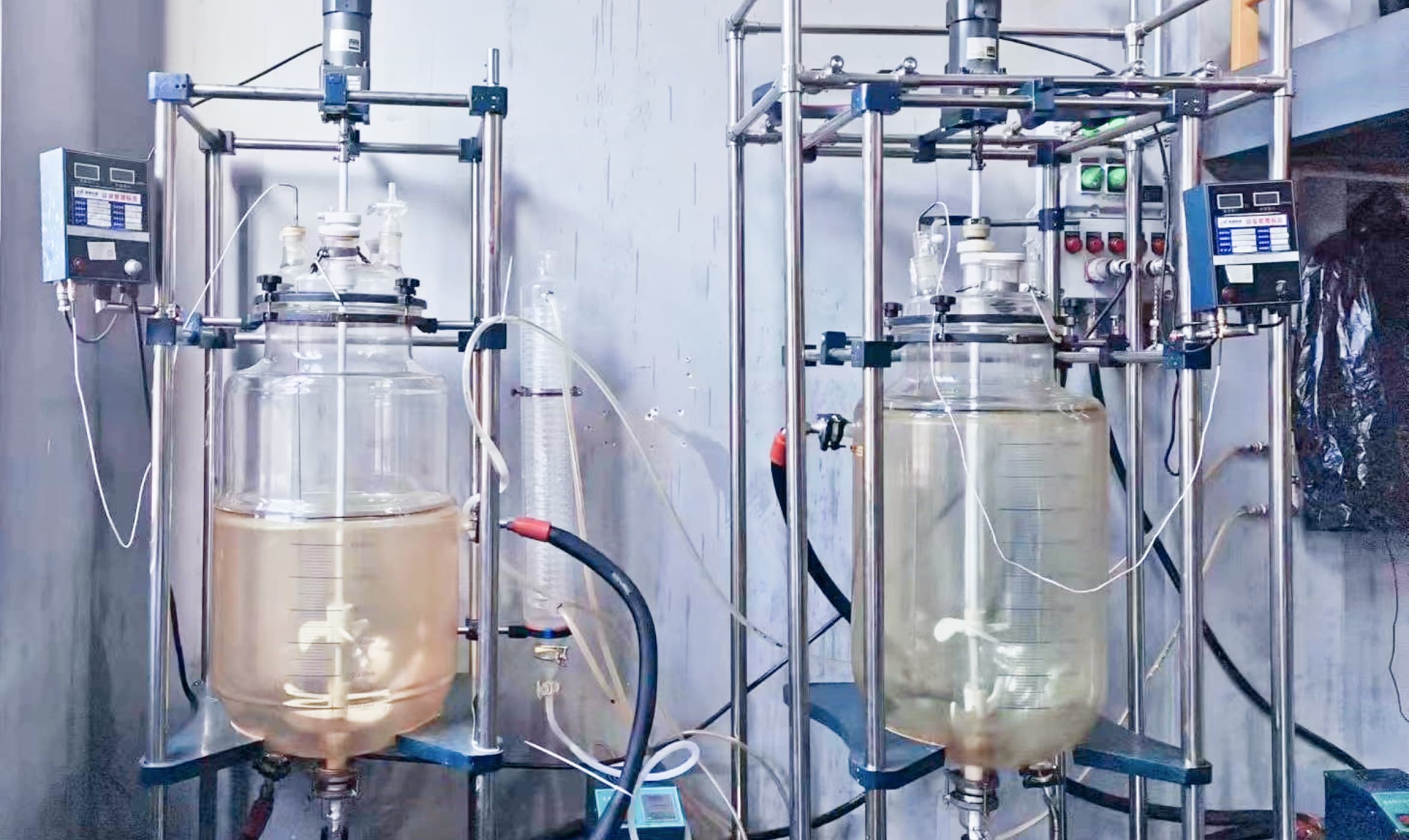
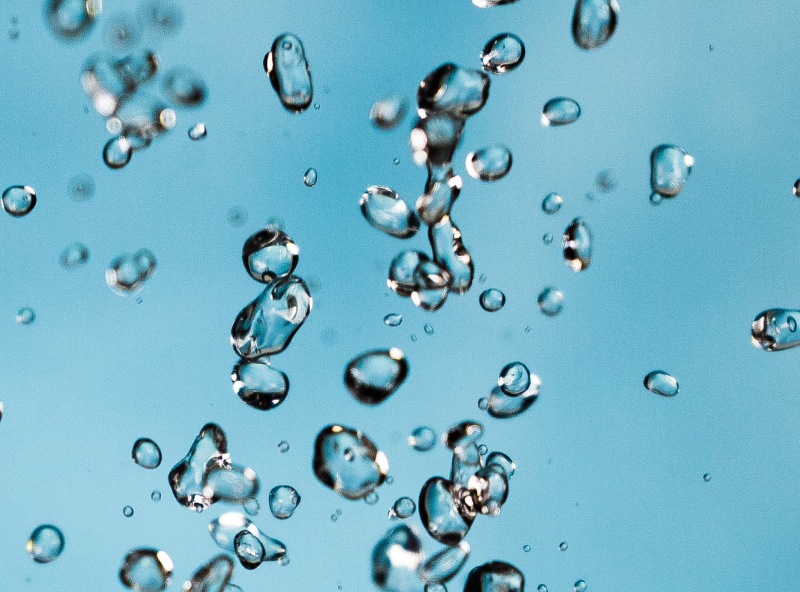


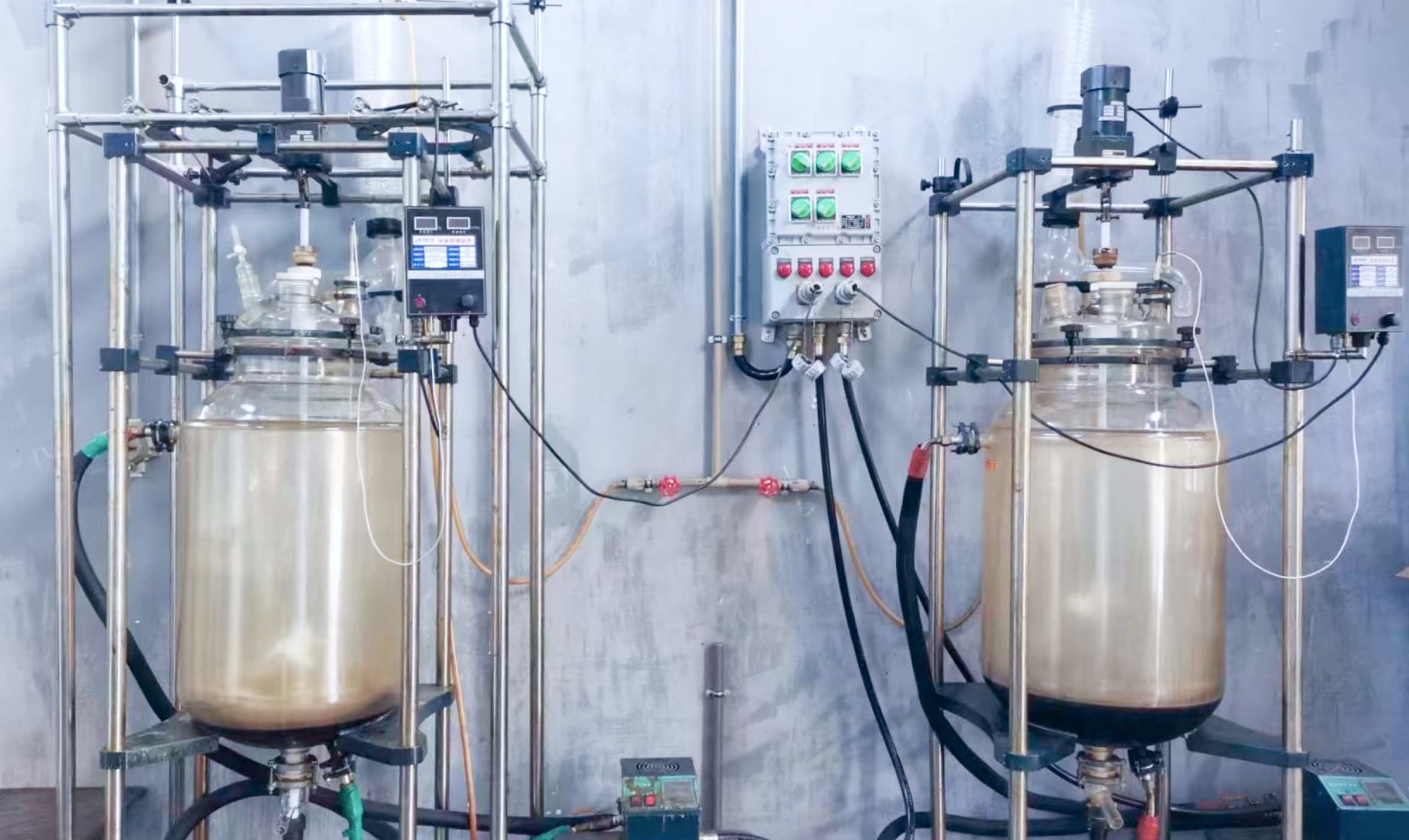
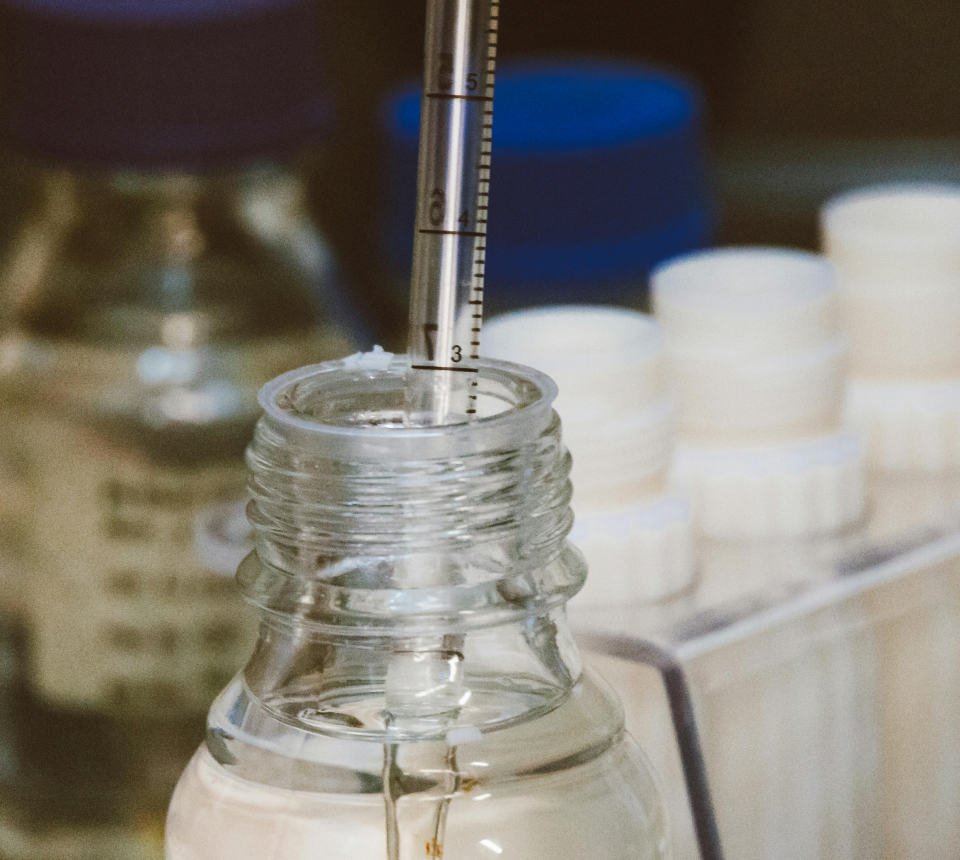


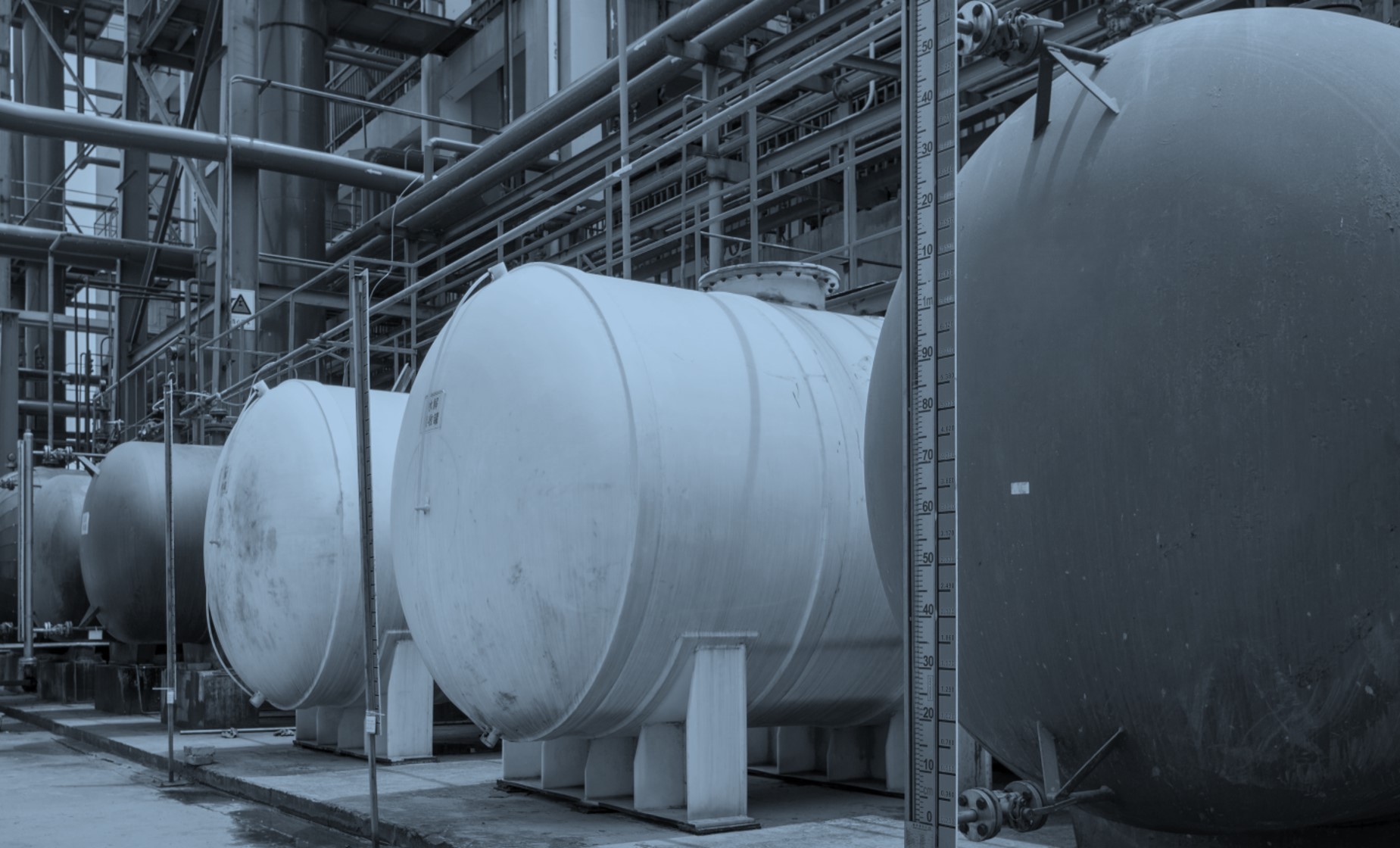


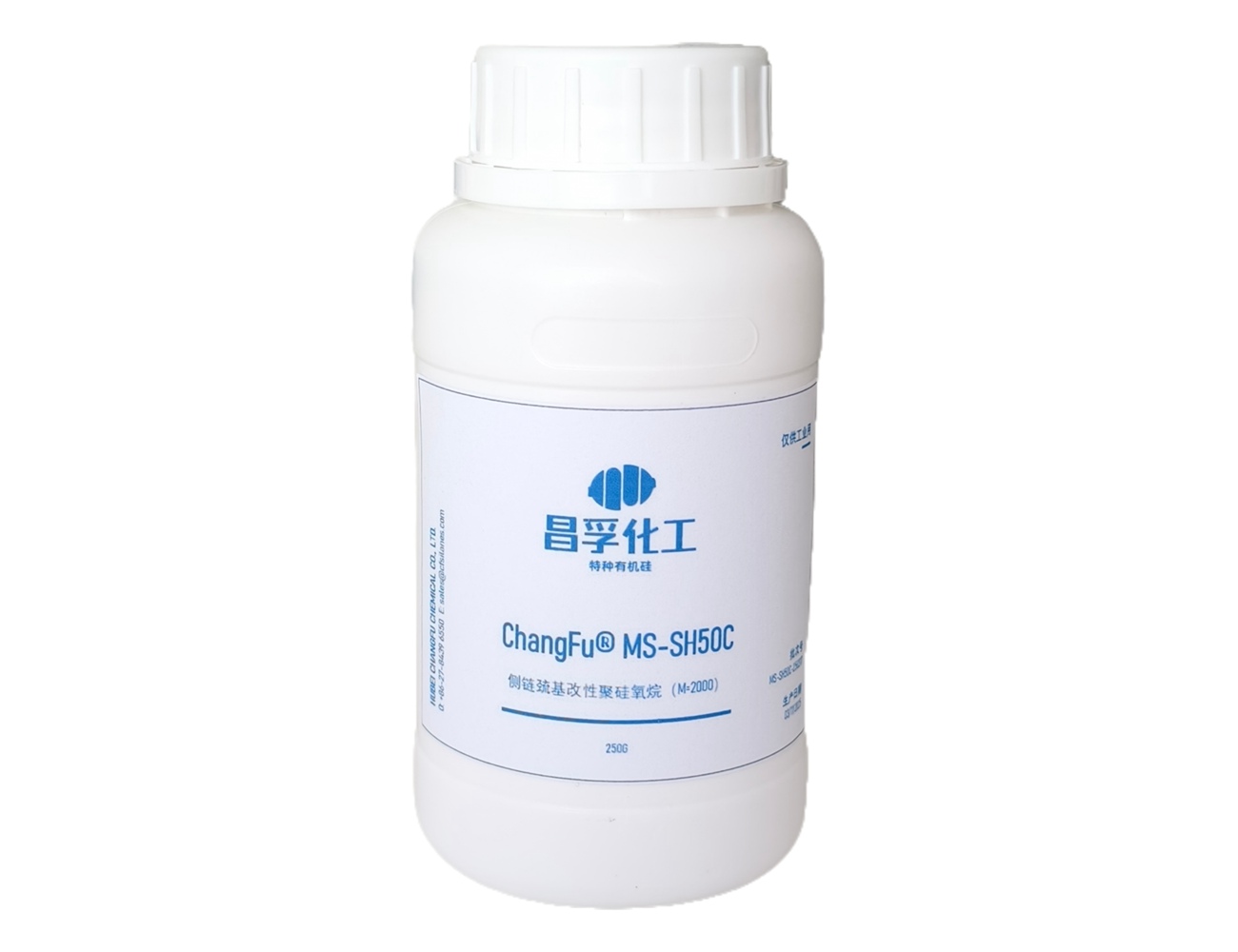



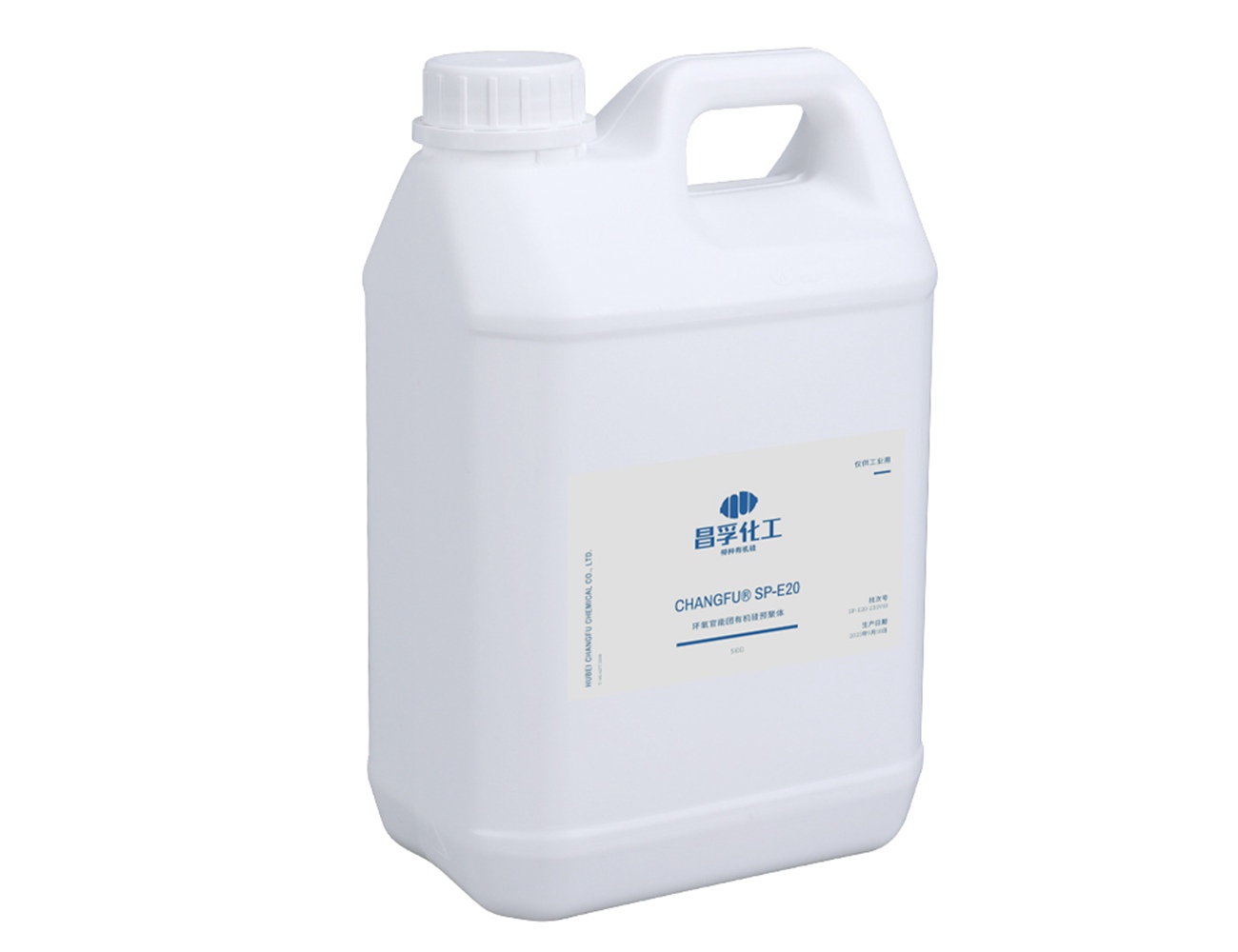
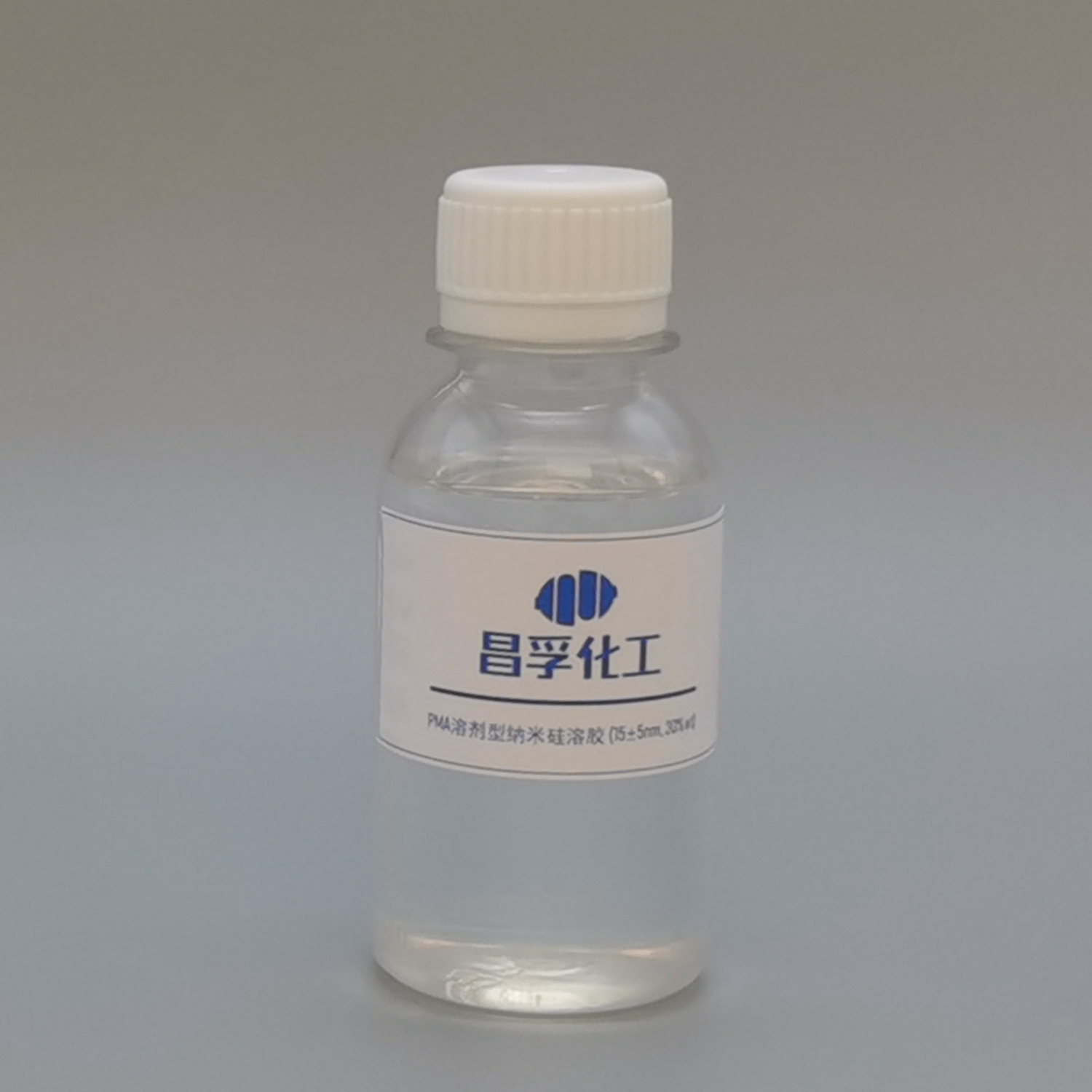
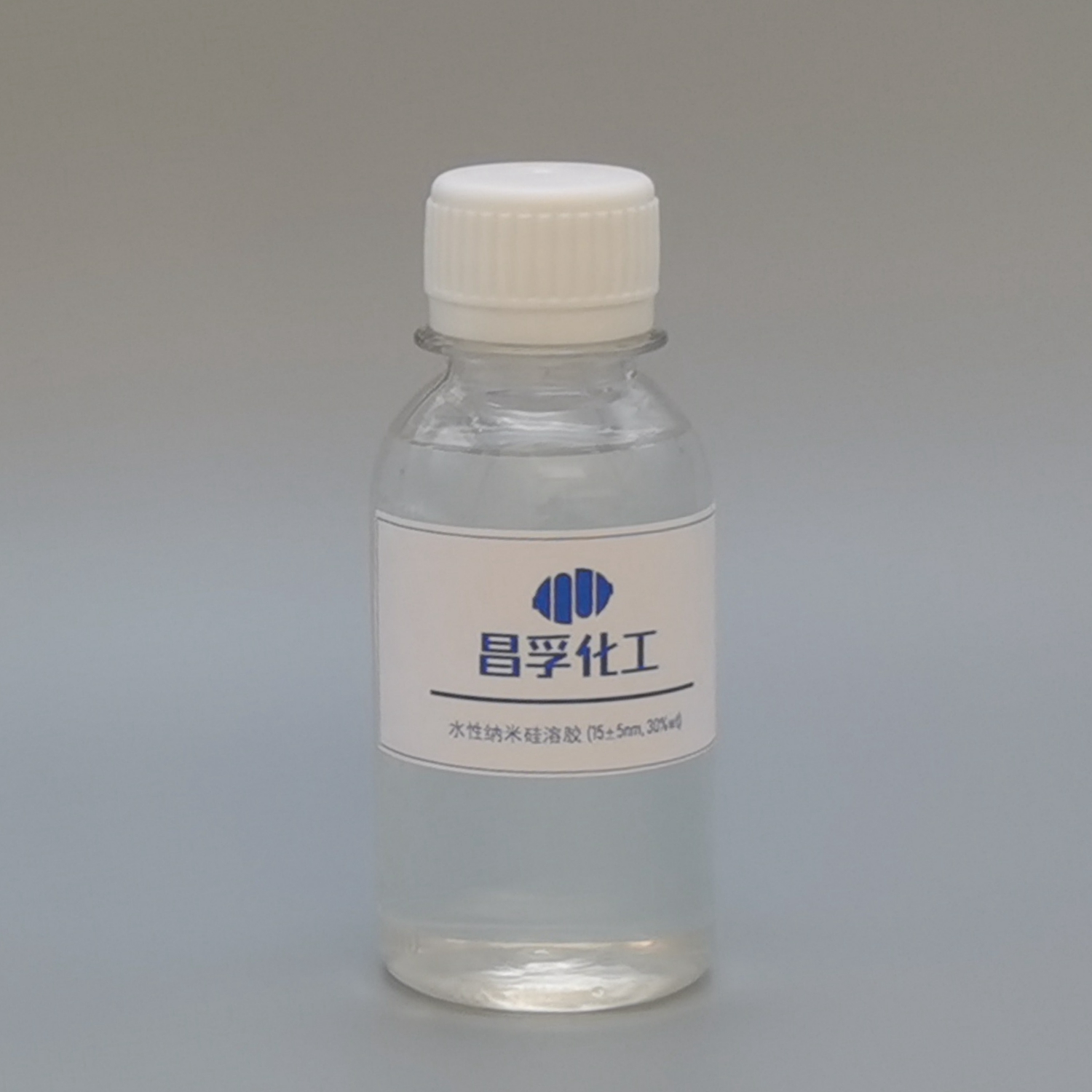

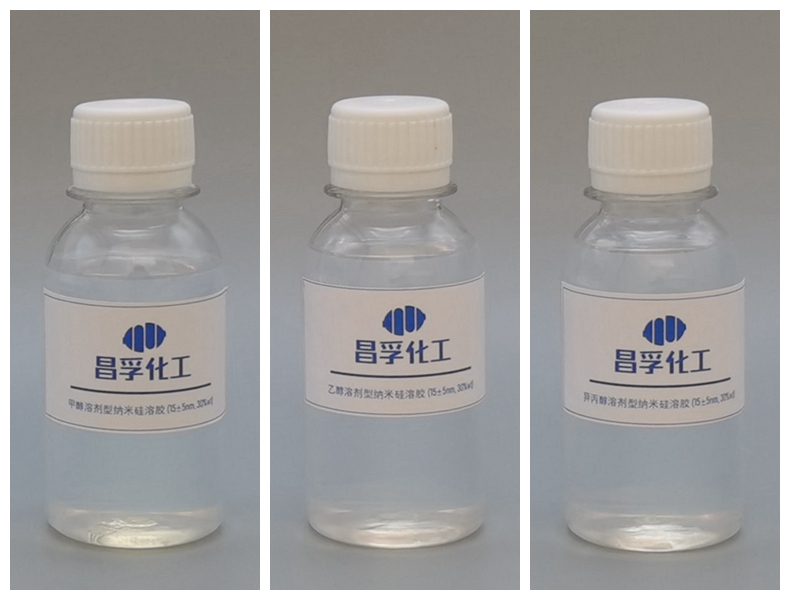
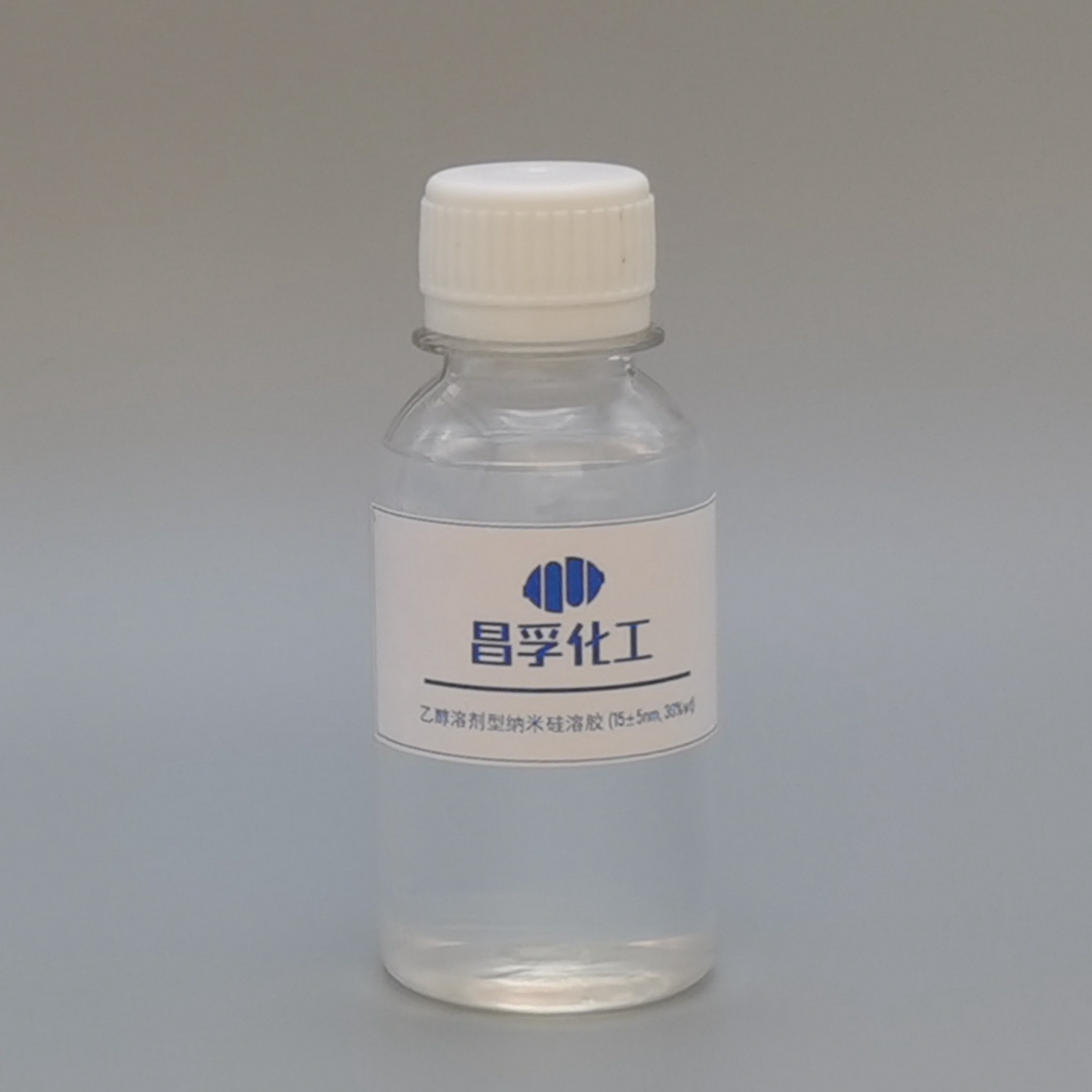
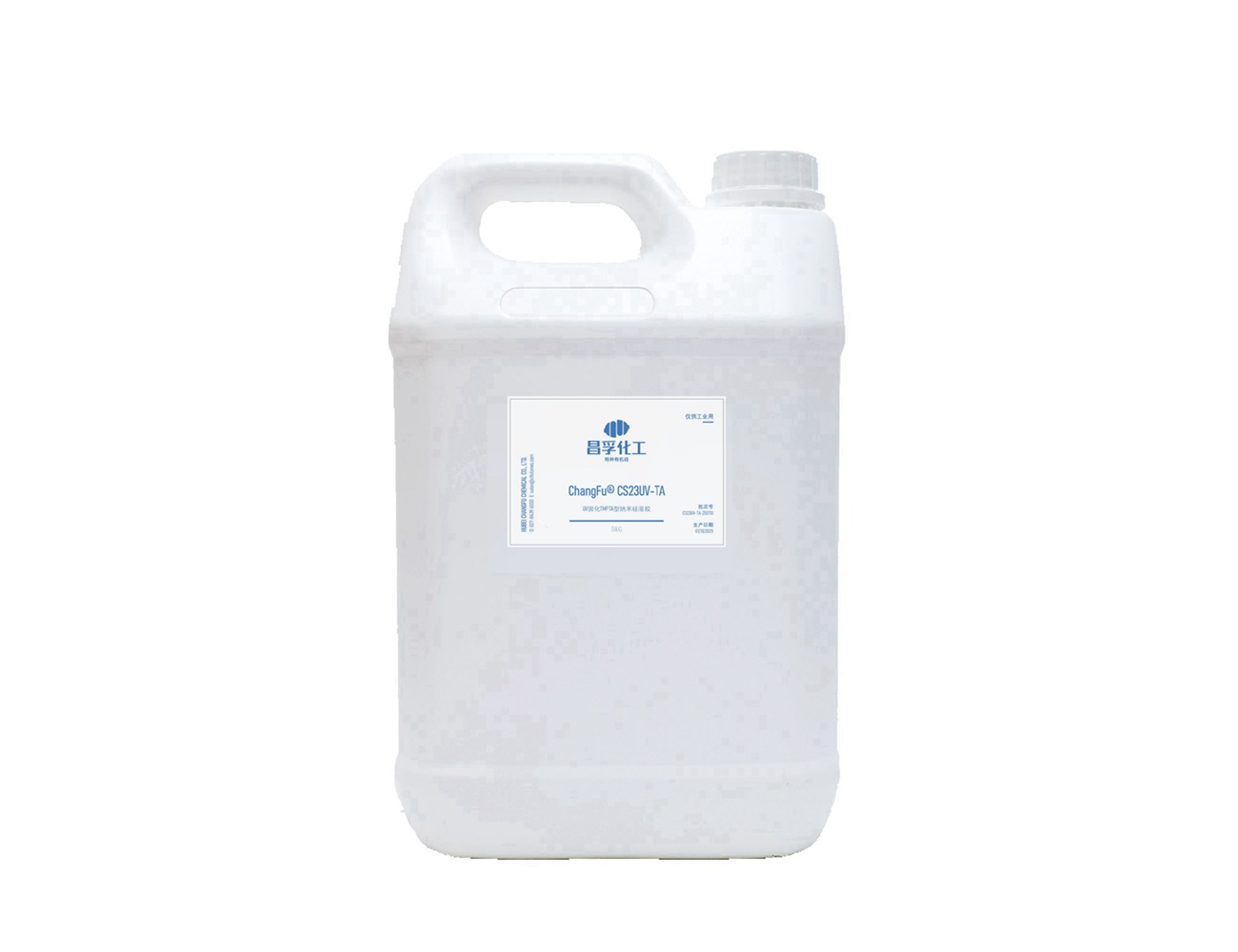
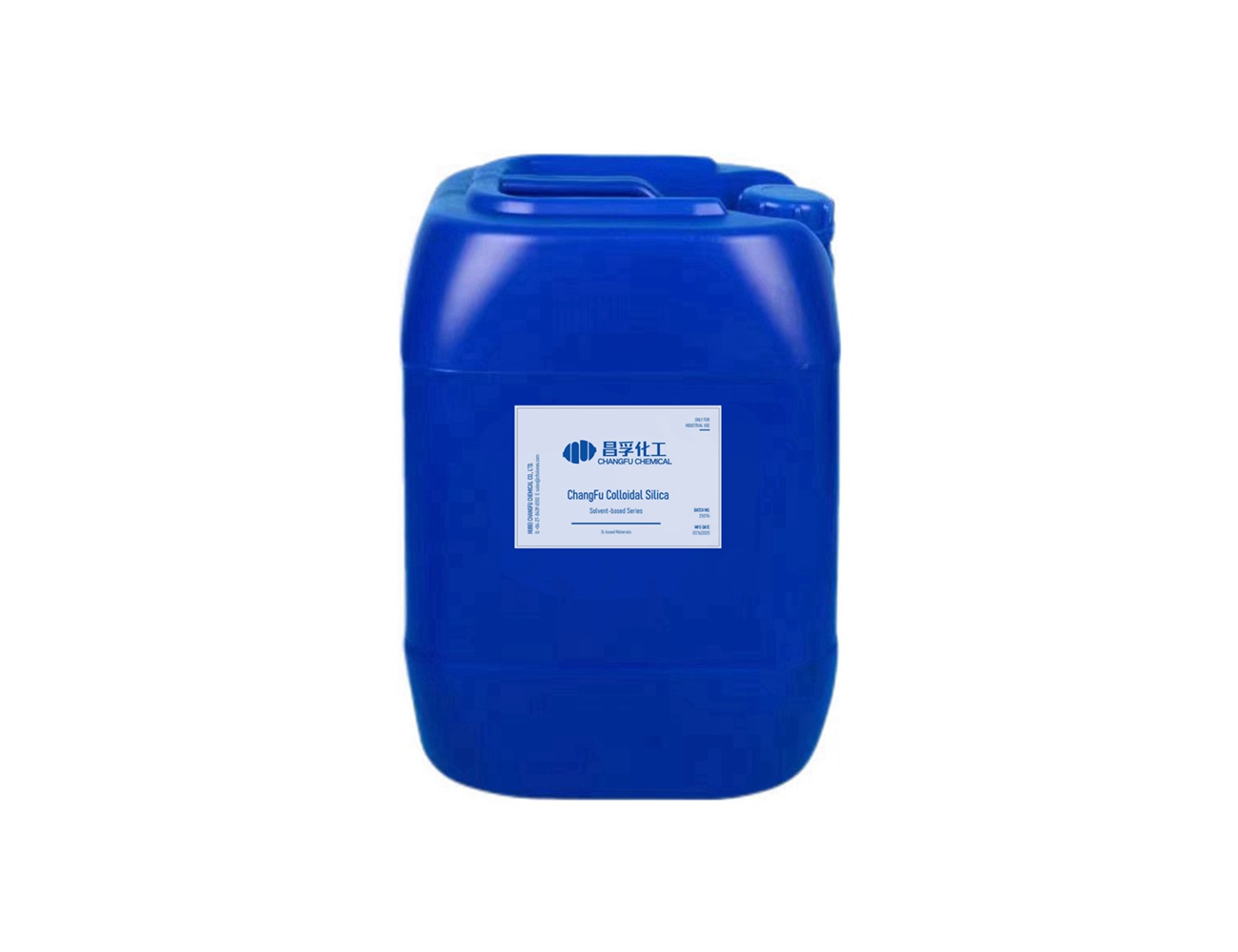


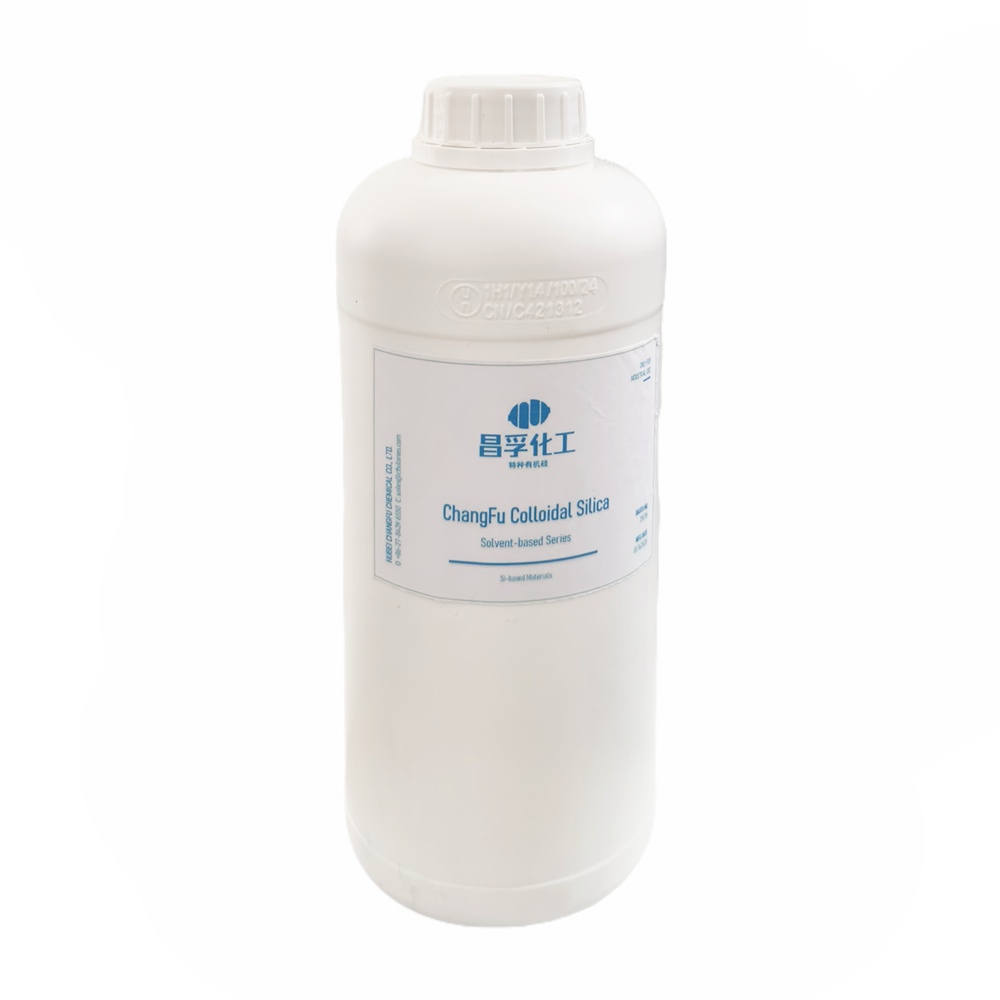


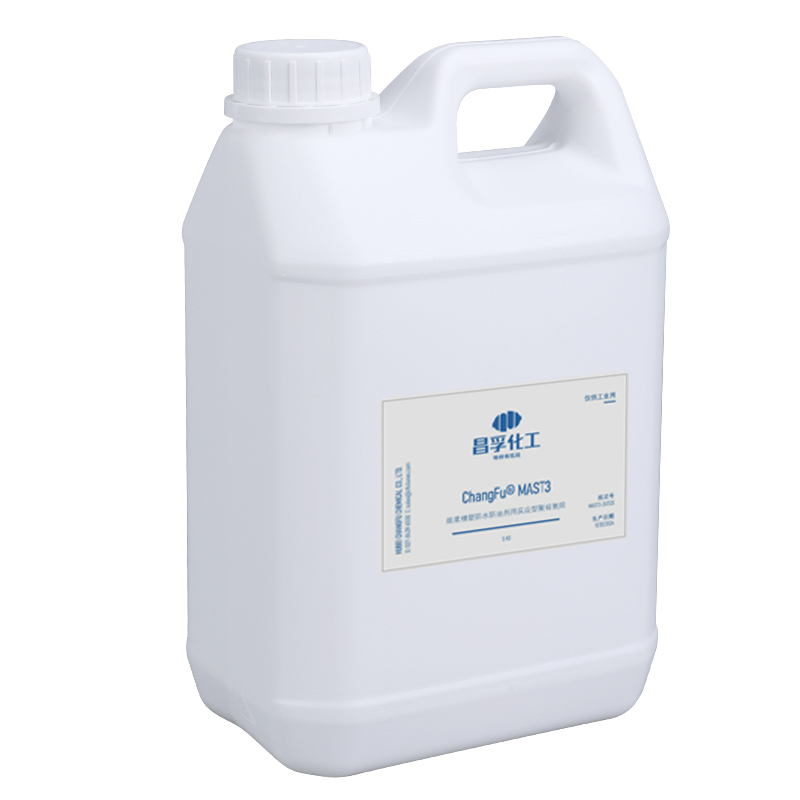





































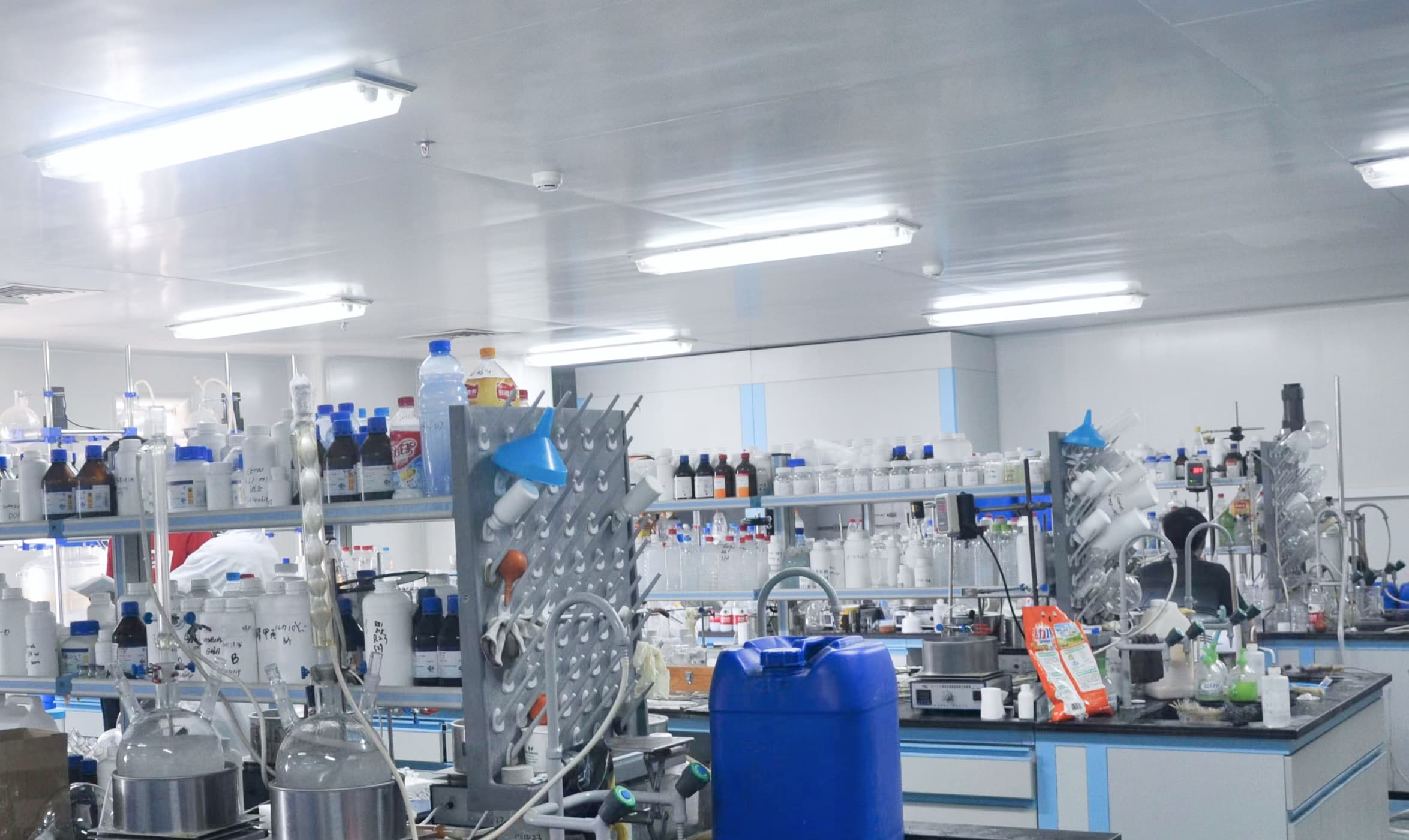

+86 27 8439 6550
+86 181 6277 0058
sales@cfsilanes.com
Optics Valley Bio-City
No. 666, Gaoxin Avenue
Hongshan District, Wuhan City

+86 27 8439 6550 | +86 181 6277 0058
sales@cfsilanes.com
Optics Valley Bio-City
No. 666, Gaoxin Avenue
Hongshan District, Wuhan City
Copyright © Hubei ChangFu Chemical Co., Ltd. All Rights




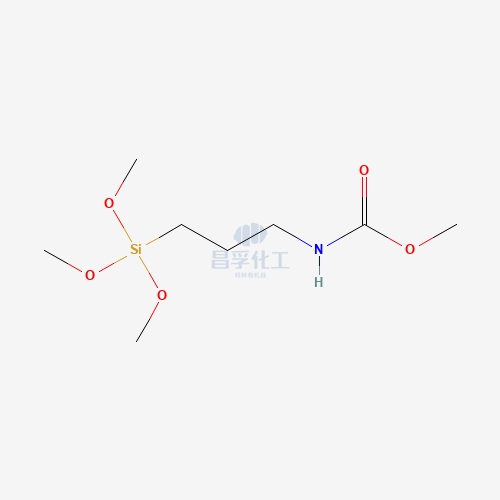
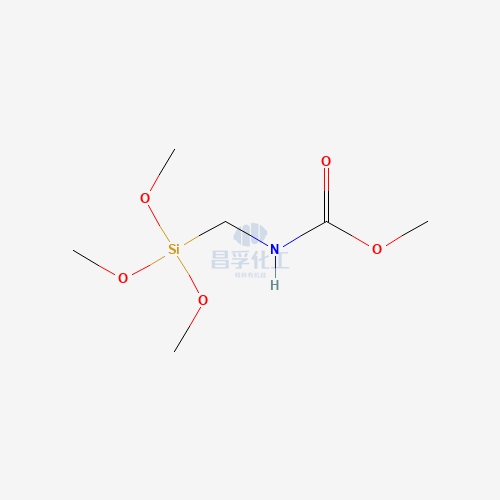
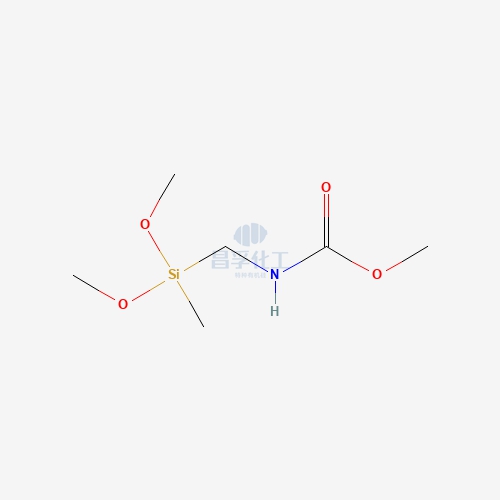
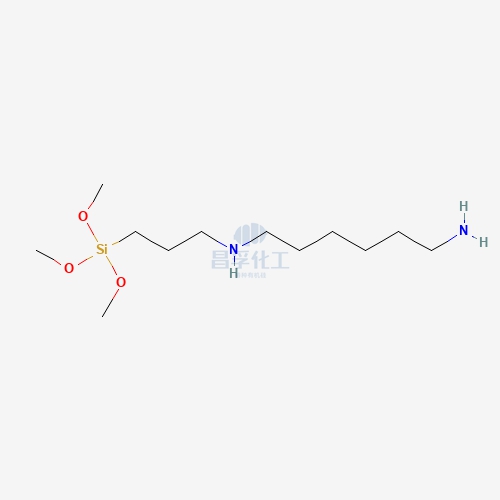
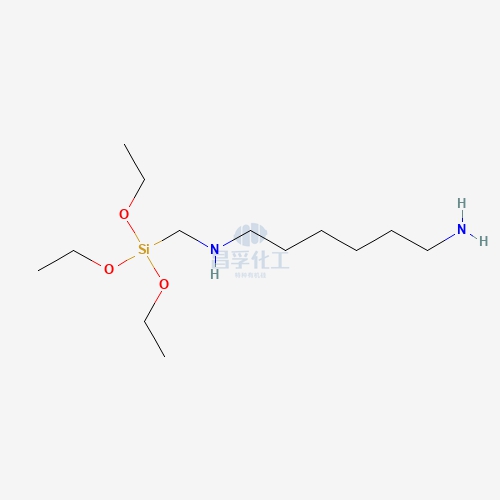
![N-[5-(Trimethoxysilylpropyl)-2-aza-1-oxopentyl]caprolactam CAS: 106996-32-1 106996 32 1 N-[5-(Trimethoxysilylpropyl)-2-aza-1-oxopentyl]caprolactam CAS: 106996-32-1 106996 32 1](https://cdn.yofishseo.com/1363882761272232/106996-32-1.jpg)
